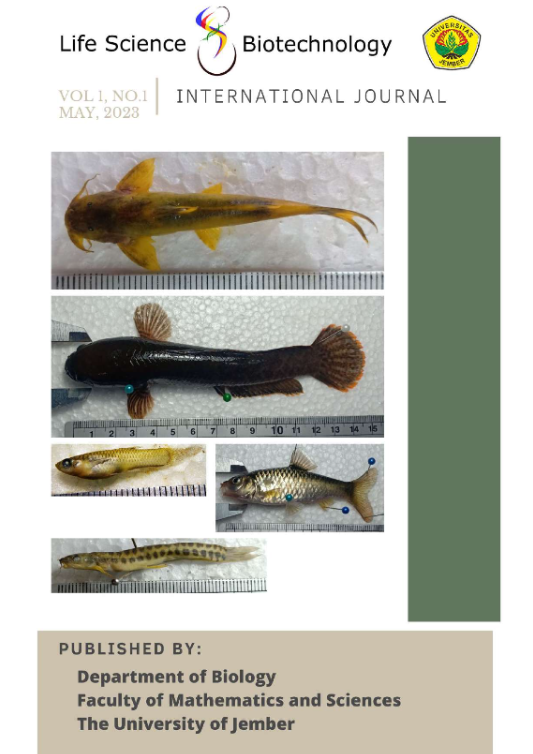Epiphytic ferns and orchids adaptation mechanism based on stomatal structure and chlorophyll content in Urban Forest of Jember University, Indonesia
Abstract
Epiphytic orchids and ferns in urban forests simulating a lowland tropical forest ecology were studied. This study aims to provide information about the epiphytes' adaptation to living in a dynamic microclimate of the tree canopy. Five epiphytes from the two taxa (orchids and ferns) were observed in their stomatal structure and chlorophyll contents. The stomatal type, size, and density were analysed with microscopic observation. The chlorophyll content was measured using a spectrophotometer. The orchids developed different mechanisms for water conservation compared to the ferns. Orchis develop smaller sizes and denser stomata to support photosynthesis rate as they had water absorbers and storage organs. On the other hand, ferns tend to avoid drought stress by developing fewer numbers and sparse stomata. The higher chlorophyll content in ferns was for photosynthesis efficiency purposes





